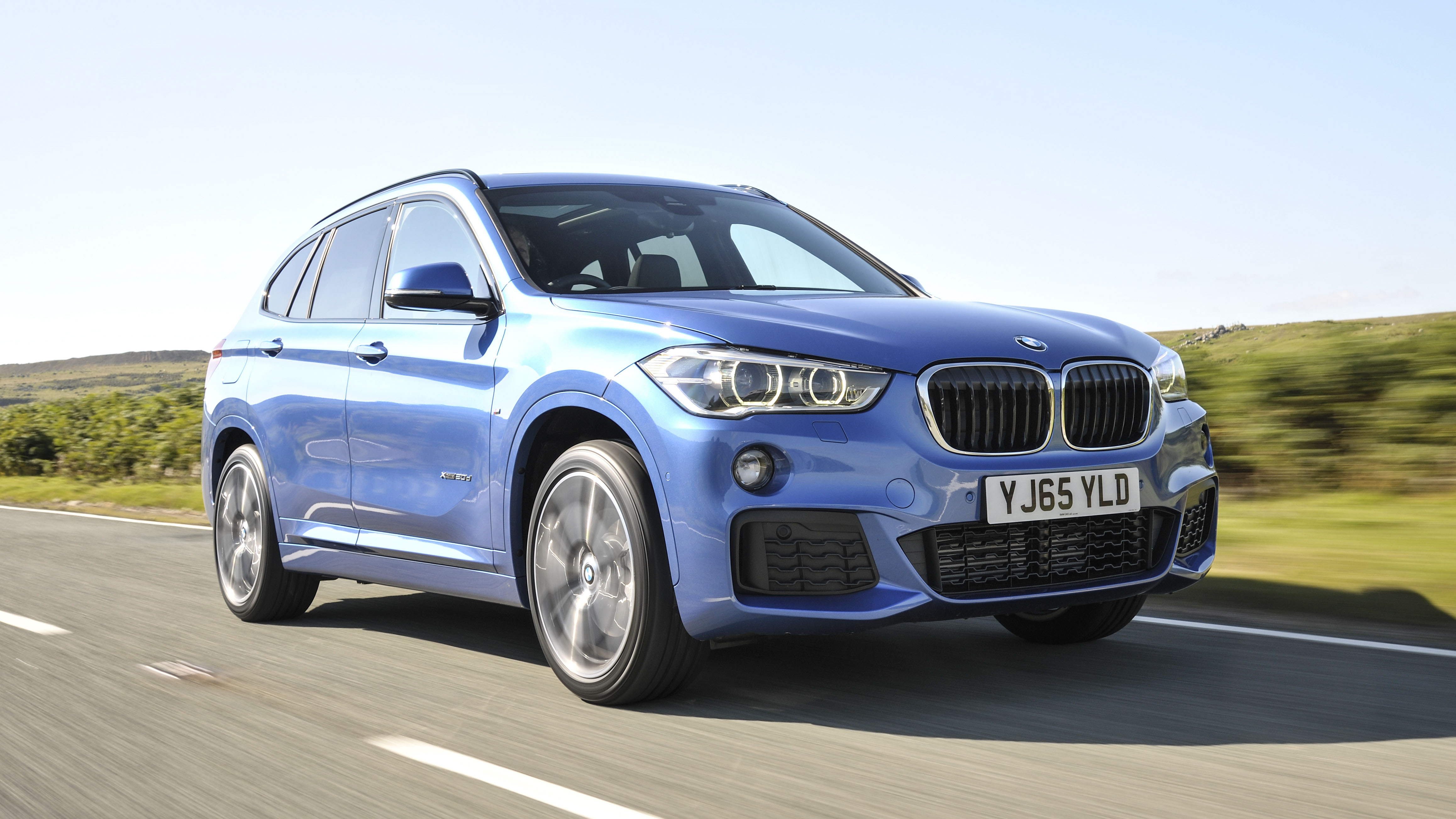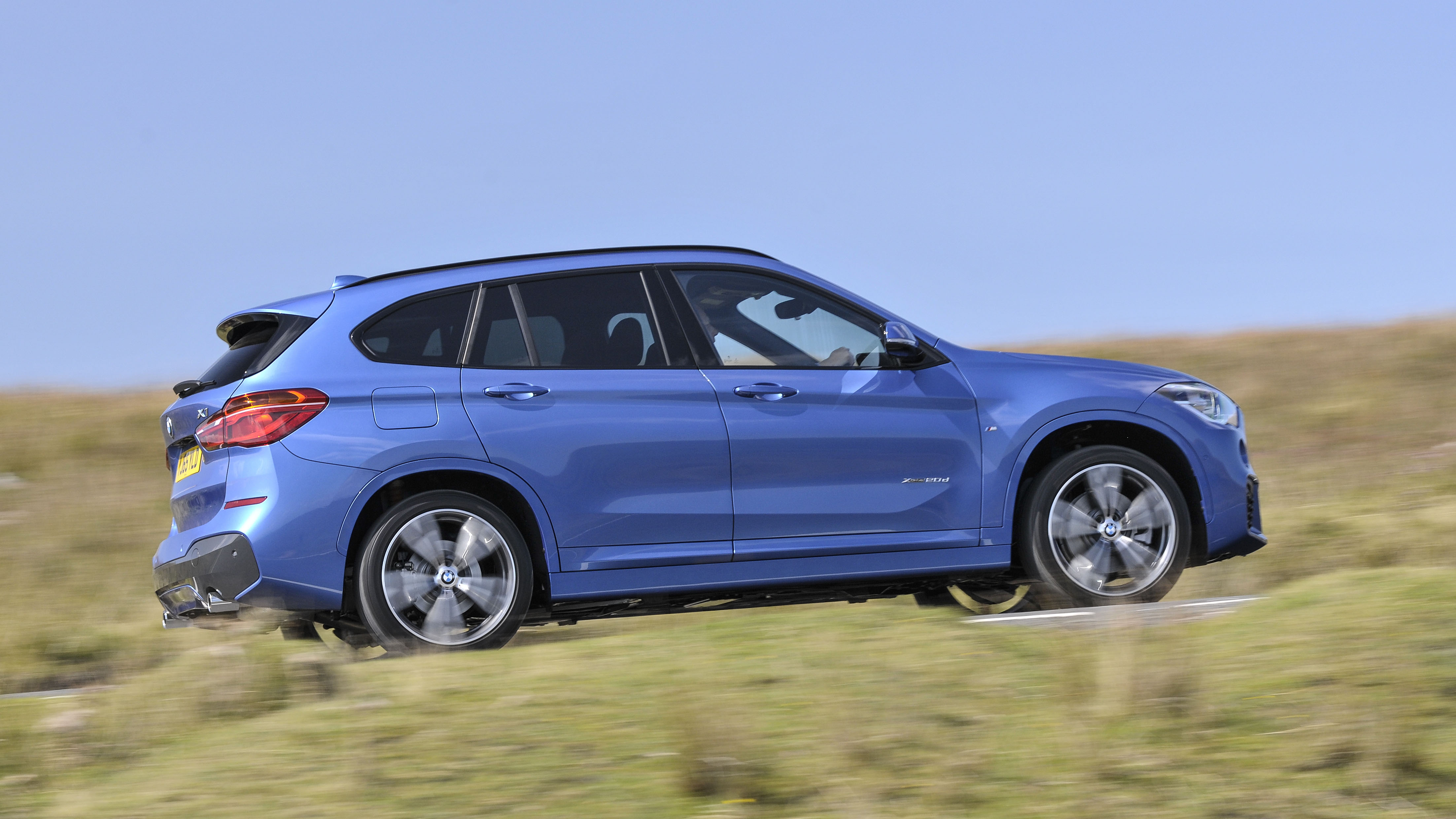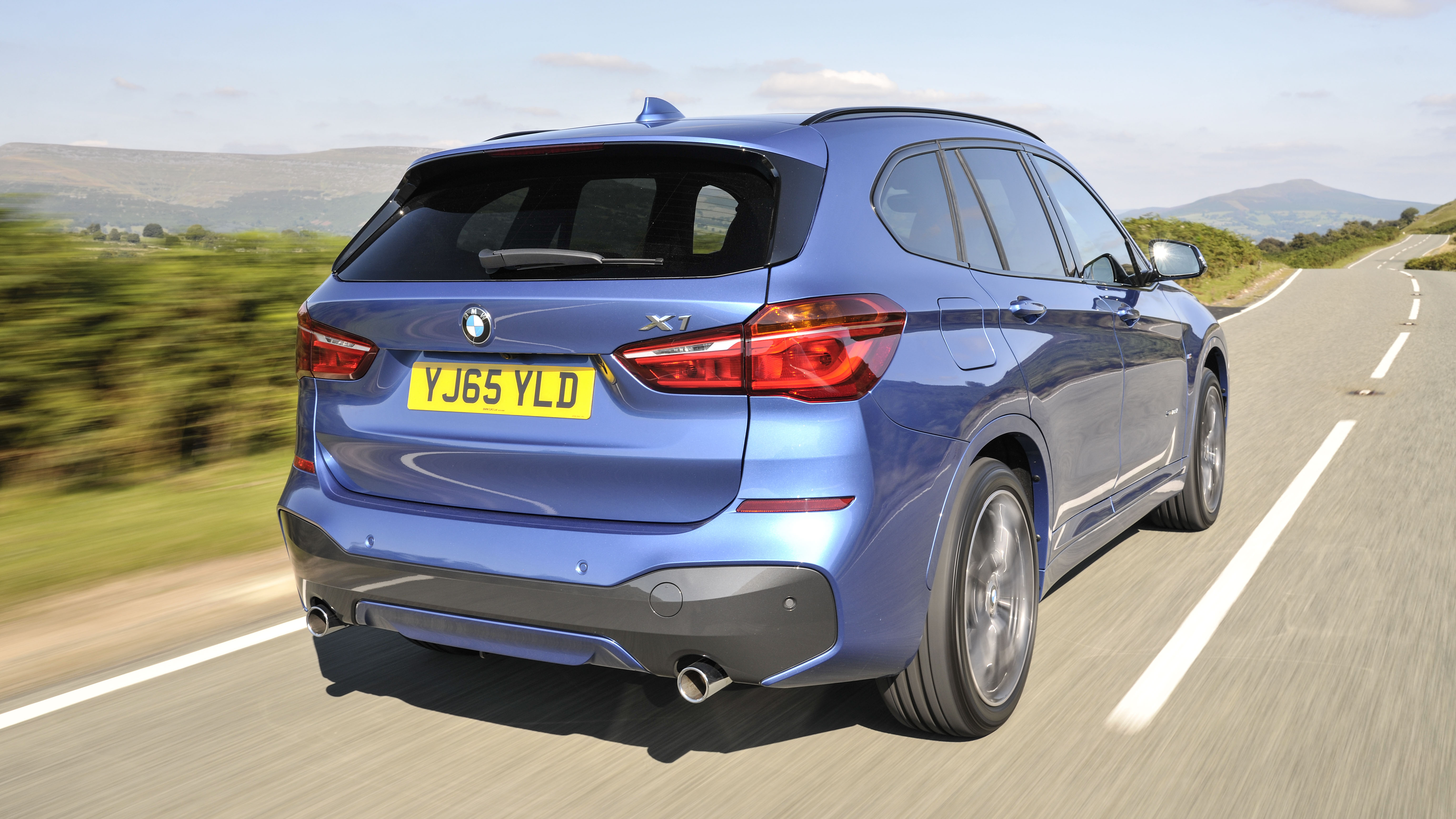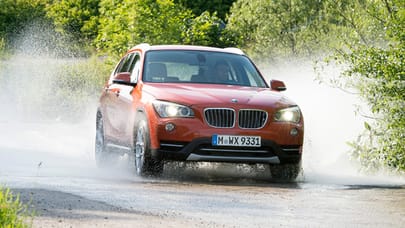
Driving
What is it like to drive?
Lesser-powered 18i and 18d (i for petrol, d for diesel) models have between 140 and 150bhp from their respective 1.5-litre, three-cylinder petrol and 2.0-litre four-cylinder turbodiesel engines. 20i and 20d models have around 190bhp from their 2.0-litre petrol and diesel engines, whereas the range-topping 25d has 230bhp from its 2.0-litre diesel. 18 models are front-wheel drive – sDrive in BMW-speak – everything else gets xDrive all-wheel drive as standard, variously with six-speed manual and eight-speed automatic transmissions.
We’ve driven only the X1 20d and 25d, both xDrive and both with the automatic transmission. The 2.0-litre engine is the same in both, but the 25d has twin-turbos (one for low revs and one for high) to the 20d’s one. Its 231bhp can shift the 1,575kg X1 with useful urgency through the smooth gearbox, but at no point in the 20d did we want for any more pace. So we’d be tempted to save the premium the 25d commands and spend it instead on optional equipment. Or nothing at all, if you’re feeling especially parsimonious.
The engine is quiet and smooth enough, and the handling is pretty tidy, too. Only if you hurl it at a sharp bend does the chassis go soggy. Mostly it all feels progressive and nicely balanced. And while it’s not a dedicated off-roader, with all-season tyres ought to be good for a ski trip. But what’s really improved since the last BMW X1 is the ride. It’s supple enough to be comfy, but well-damped enough not to induce sickness in a family vehicle. It’s a nice balance, which is something you couldn’t have said before.
Variants We Have Tested
Trending this week
- Car Review
BMW 1 Series
- Top Gear's Top 9
Nine dreadful bits of 'homeware' made by carmakers









